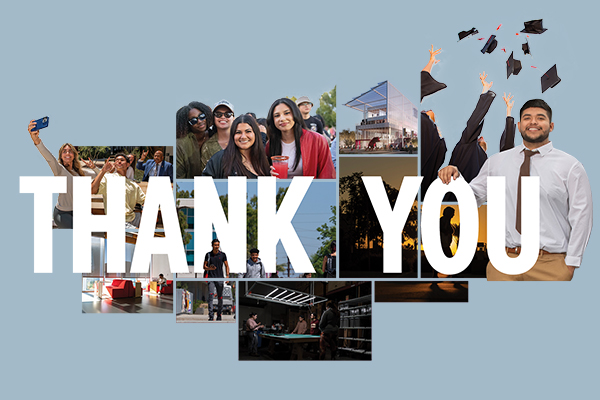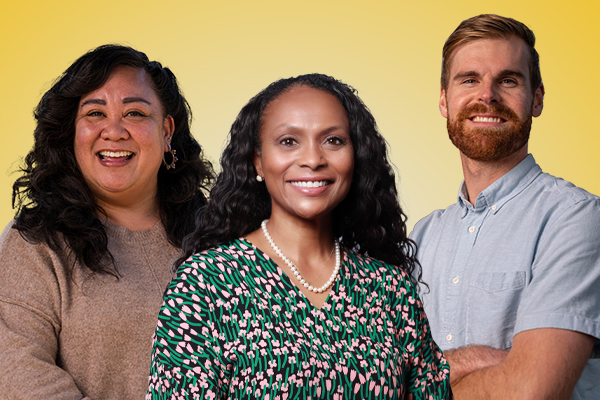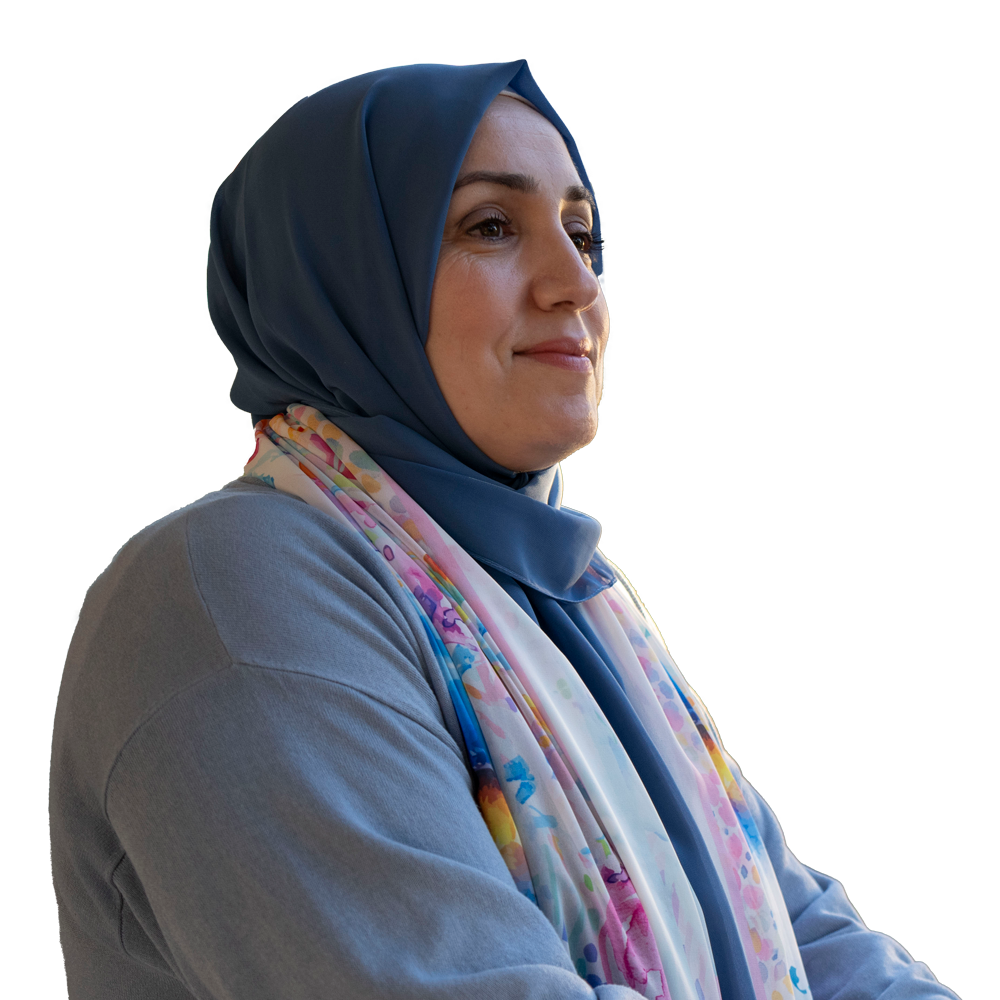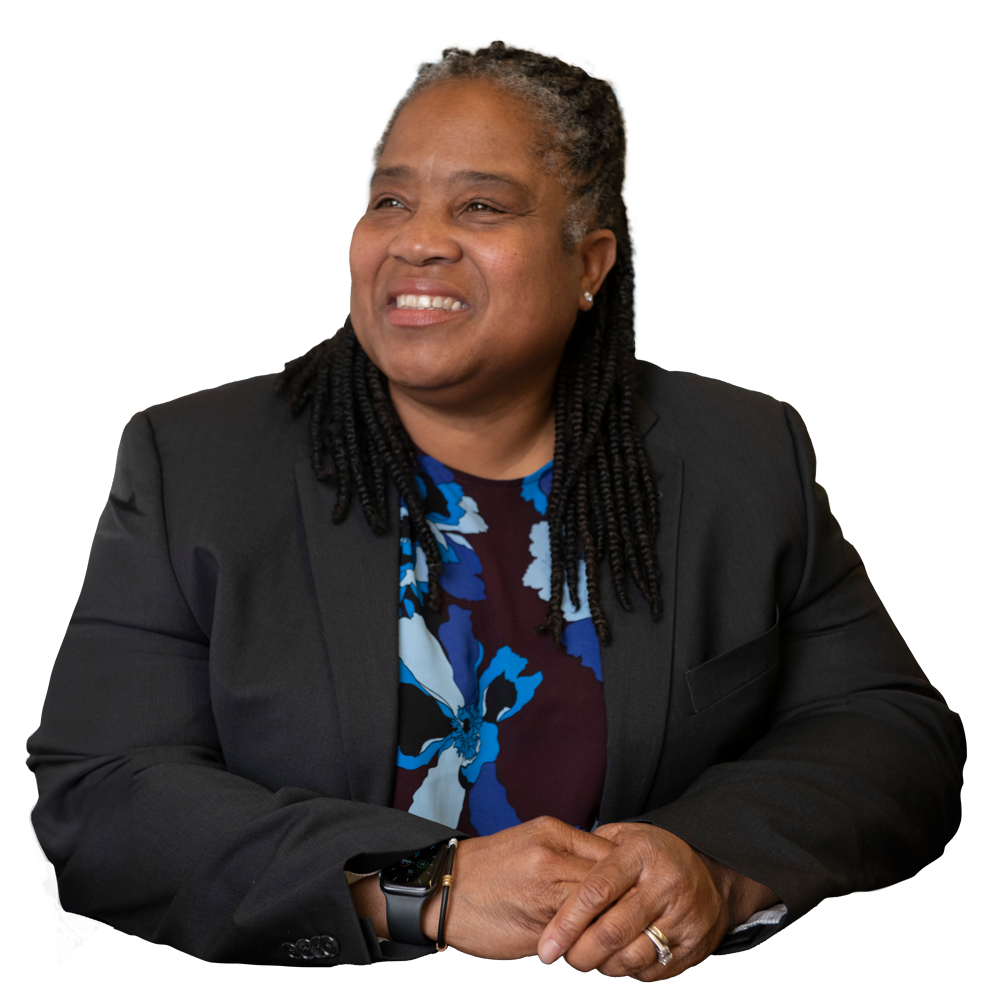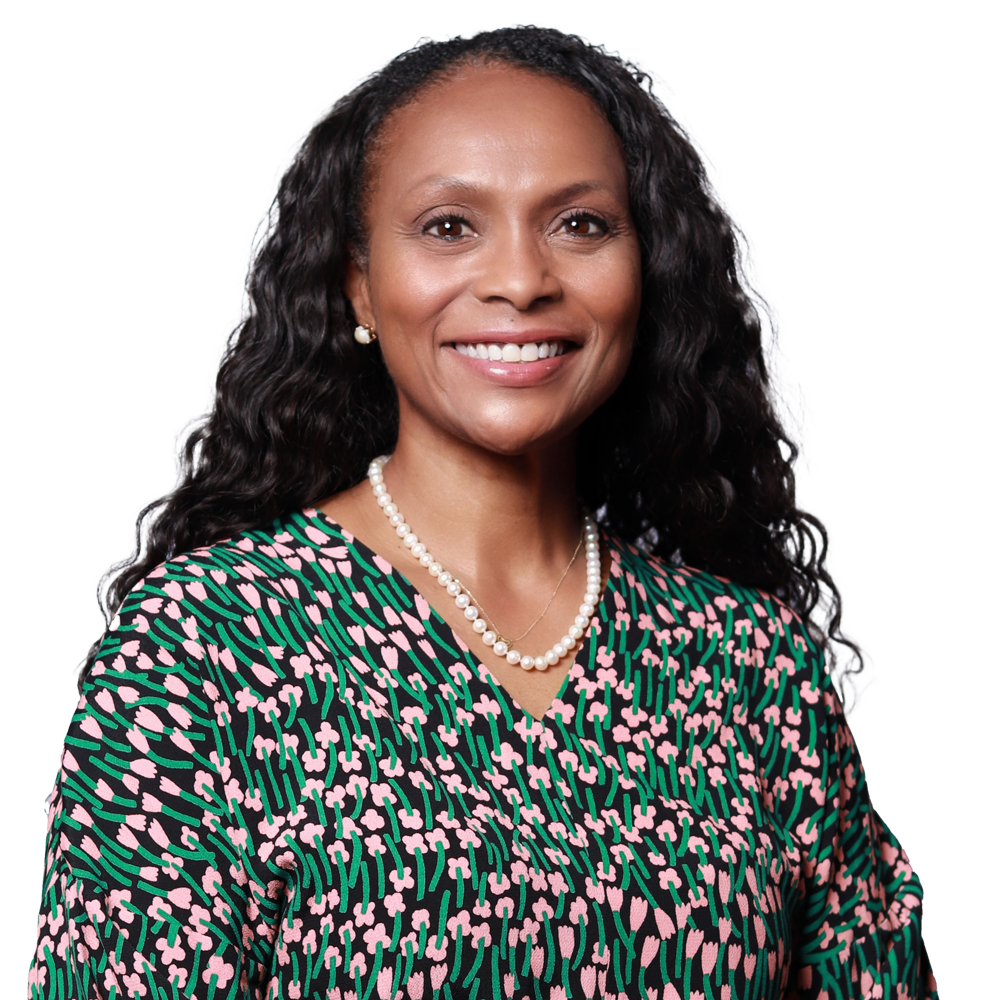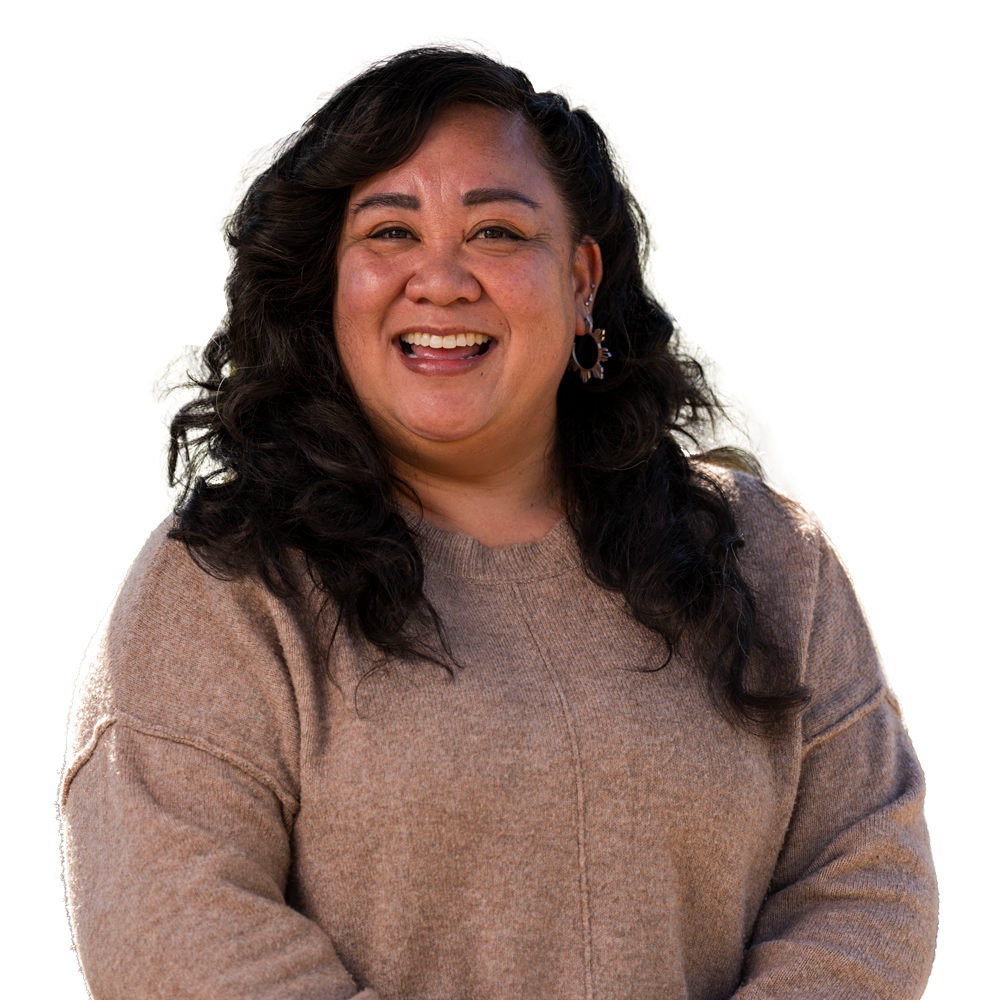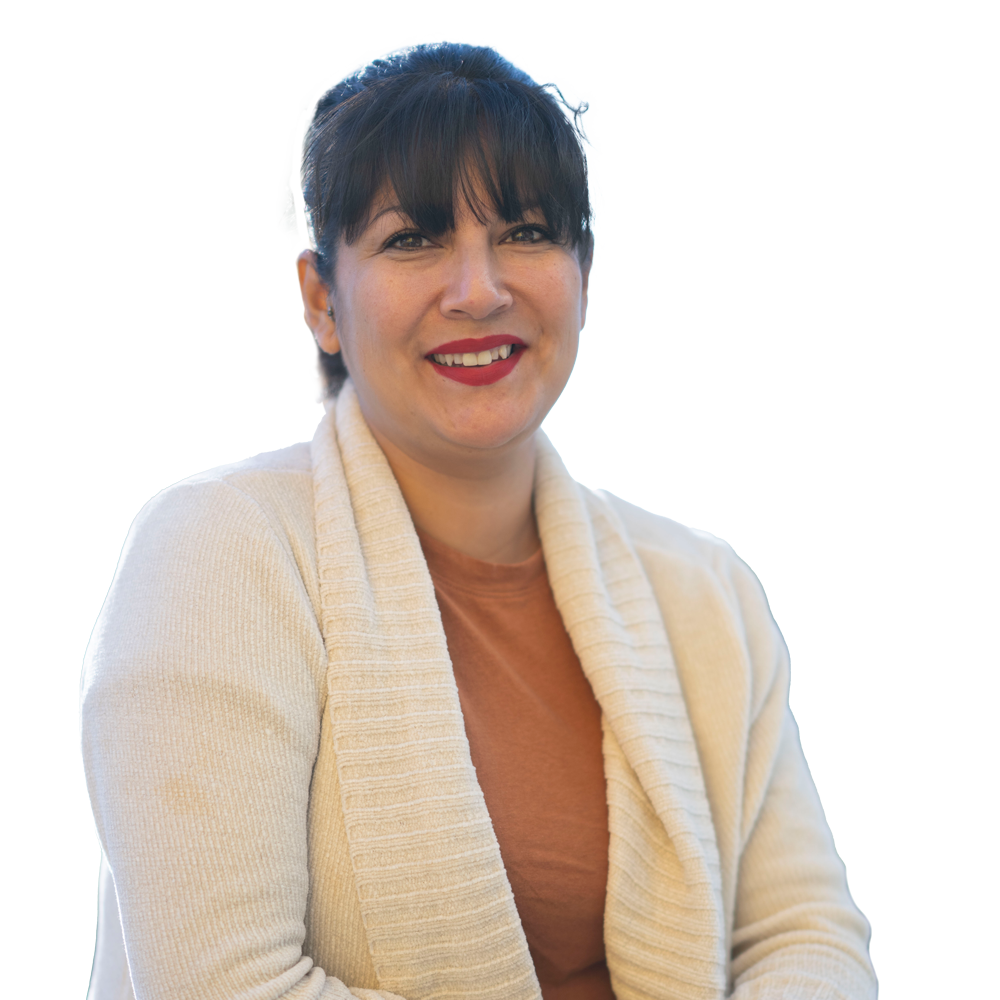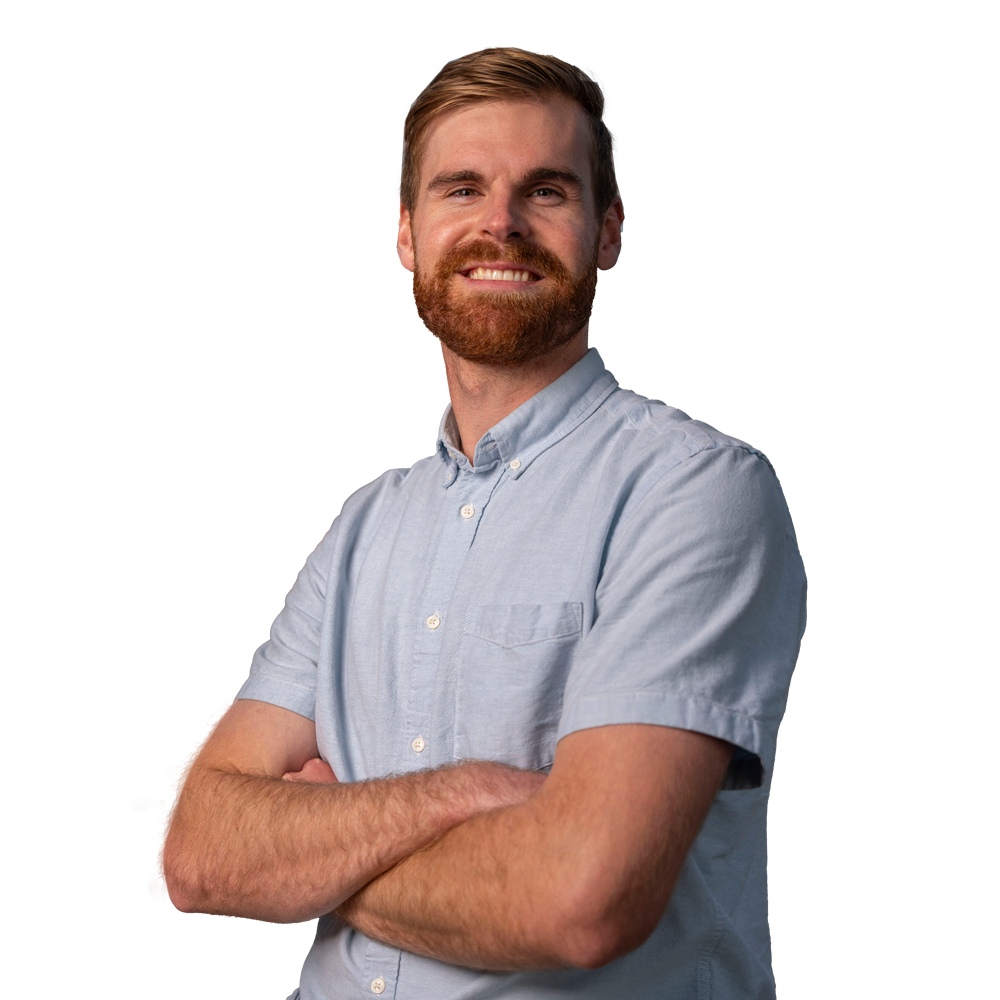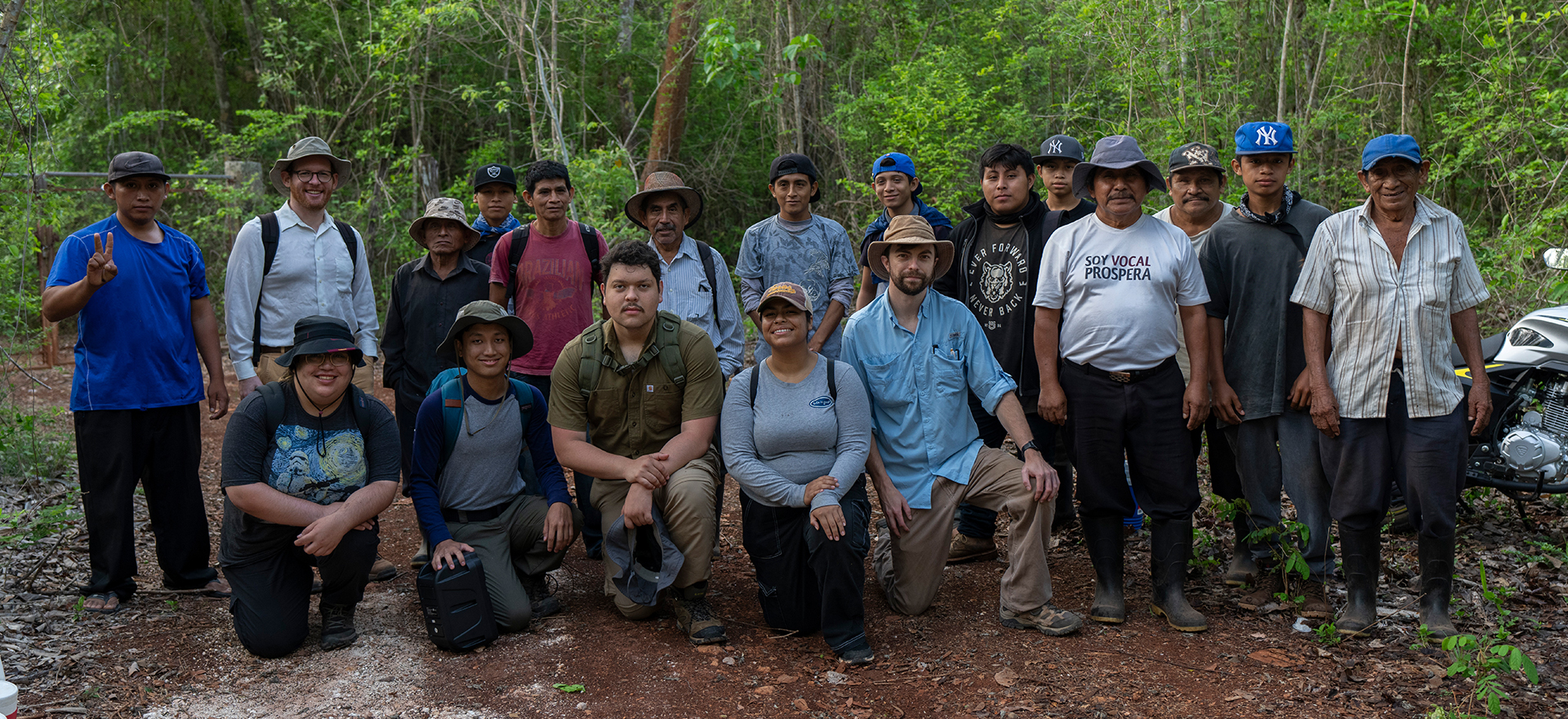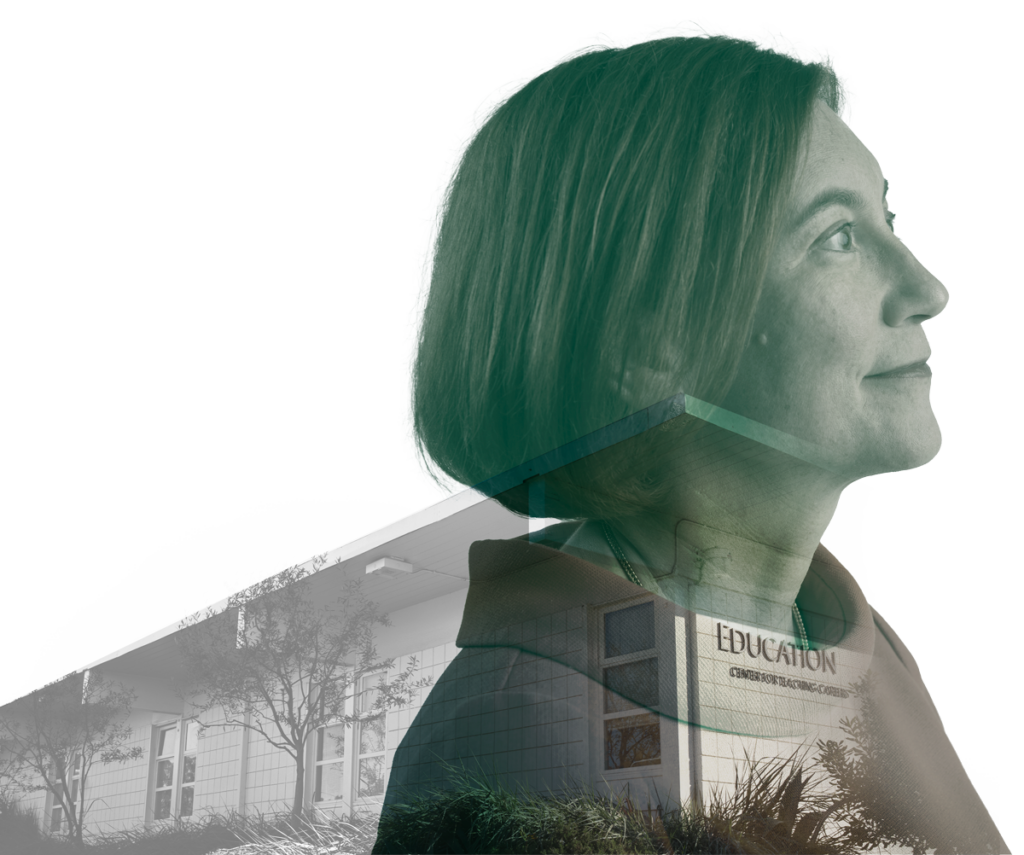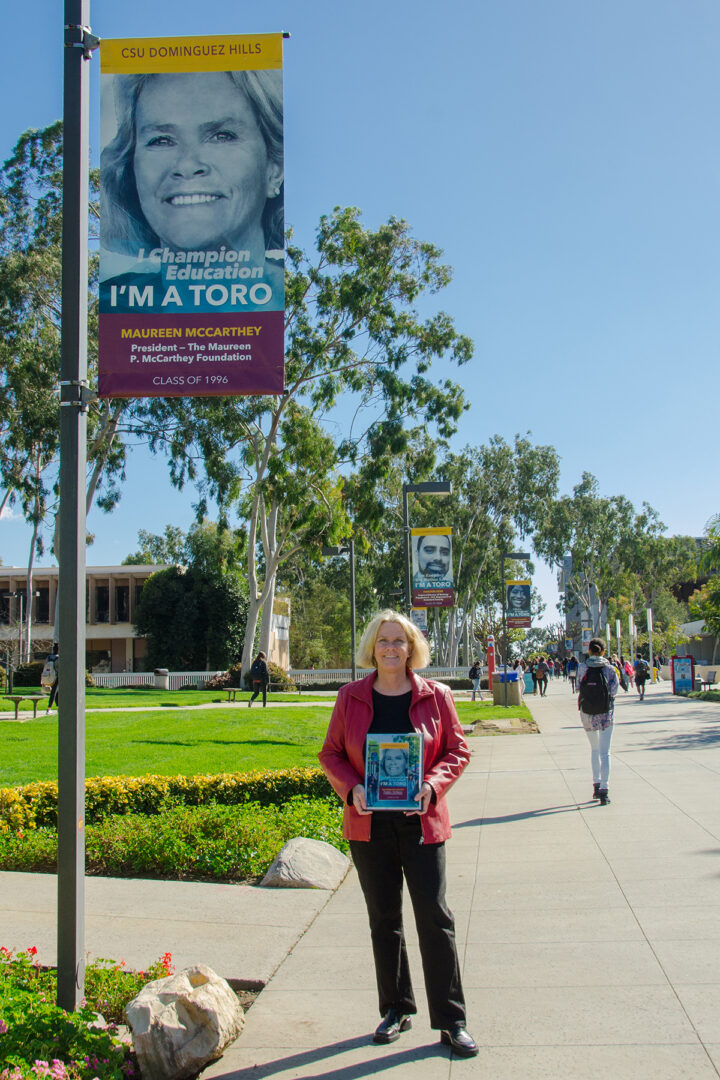California Legislative Black Caucus Provides Vital Support
Over the past several years, the California Legislative Black Caucus (CLBC) has been instrumental in obtaining funding for projects on the CSUDH campus. Whether it’s earmarking $60 million for infrastructure projects like the new Health and Wellness Building, funding the Mervyn M. Dymally African American Political and Economic Institute, or hosting the African American Leaders for Tomorrow program on campus, the CLBC has proven to be one of the university’s biggest and most important support systems.
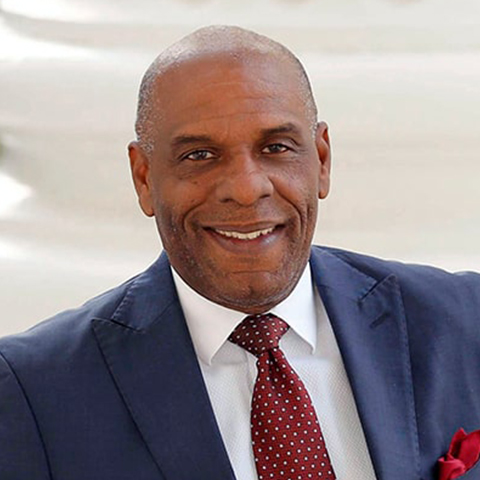
Steven Bradford, State Senator (District 35)
Supporting CSUDH is near and dear to my heart because it brings me back to my beginnings. It’s a privilege to help support the university’s growth and success. It has been an absolute honor for me and my colleagues in the CLBC to work with Dr. Parham to obtain funding for CSUDH. Our goal is to put CSUDH on a strong footing when compared with other CSU campuses, and ensure a first-in-class educational experience for its ethnically diverse students.
Mike Gipson, Assemblymember (District 65)
I am extraordinarily proud to have CSUDH providing the opportunities of a world-class university in my hometown and within my district. I consider myself part of the CSUDH community and am honored to have that be the case. Everything that I have seen in my career as a local and state elected official tells me clearly: Toros are going on to change the world.
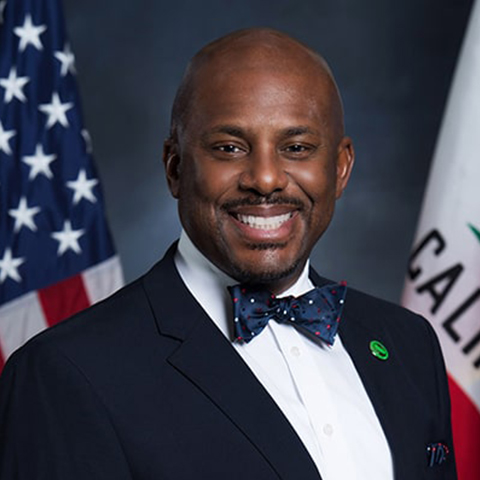
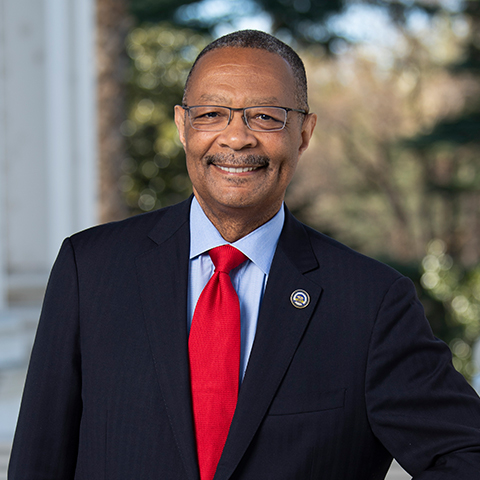
Reggie Jones-Sawyer, Assemblymember (District 57)
The relationship between the CLBC and CSUDH is a vital and vibrant one. Specifically, the African American Leaders for Tomorrow program launched at Dominguez Hills has been a successful collaboration benefiting students through resources, investment, training, and mentoring.
Students are preparing to take on the challenges of tomorrow as business, community, and civic leaders. This training is essential for our community to thrive and support all Californians through global and local changes affecting our state now and in the near future.
Tina McKinnor, Assemblymember (District 61)
I am proud to be a graduate of CSUDH! Having an outstanding college right here in our neighborhood is crucial for community growth. I’m committed to supporting CSUDH alongside my California Legislative Black Caucus colleagues. Education transforms lives, and together, we strengthen our community.
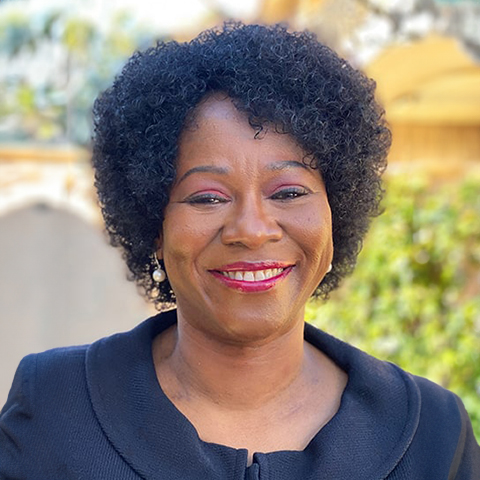
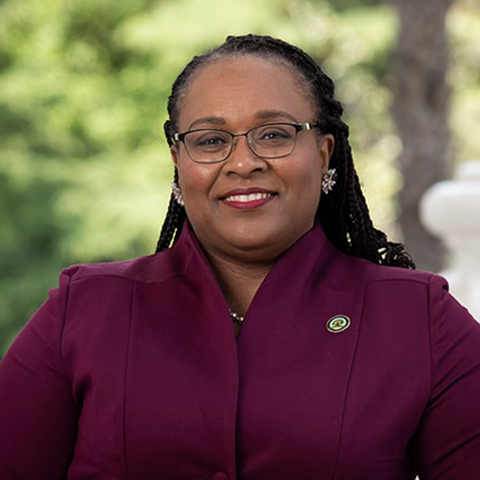
Lori Wilson, Assemblymember (District 11)
CSUDH is an amazing asset to the CSU system and is truly on the front lines of providing college access to so many hailing from underserved communities. Our hope and goal as a caucus is for it to receive state and philanthropic funding so it can continue to offer a premier education to so many! Everything about its mission is consistent with that of the CLBC, when you look at our pillars for educational equity and social justice.


